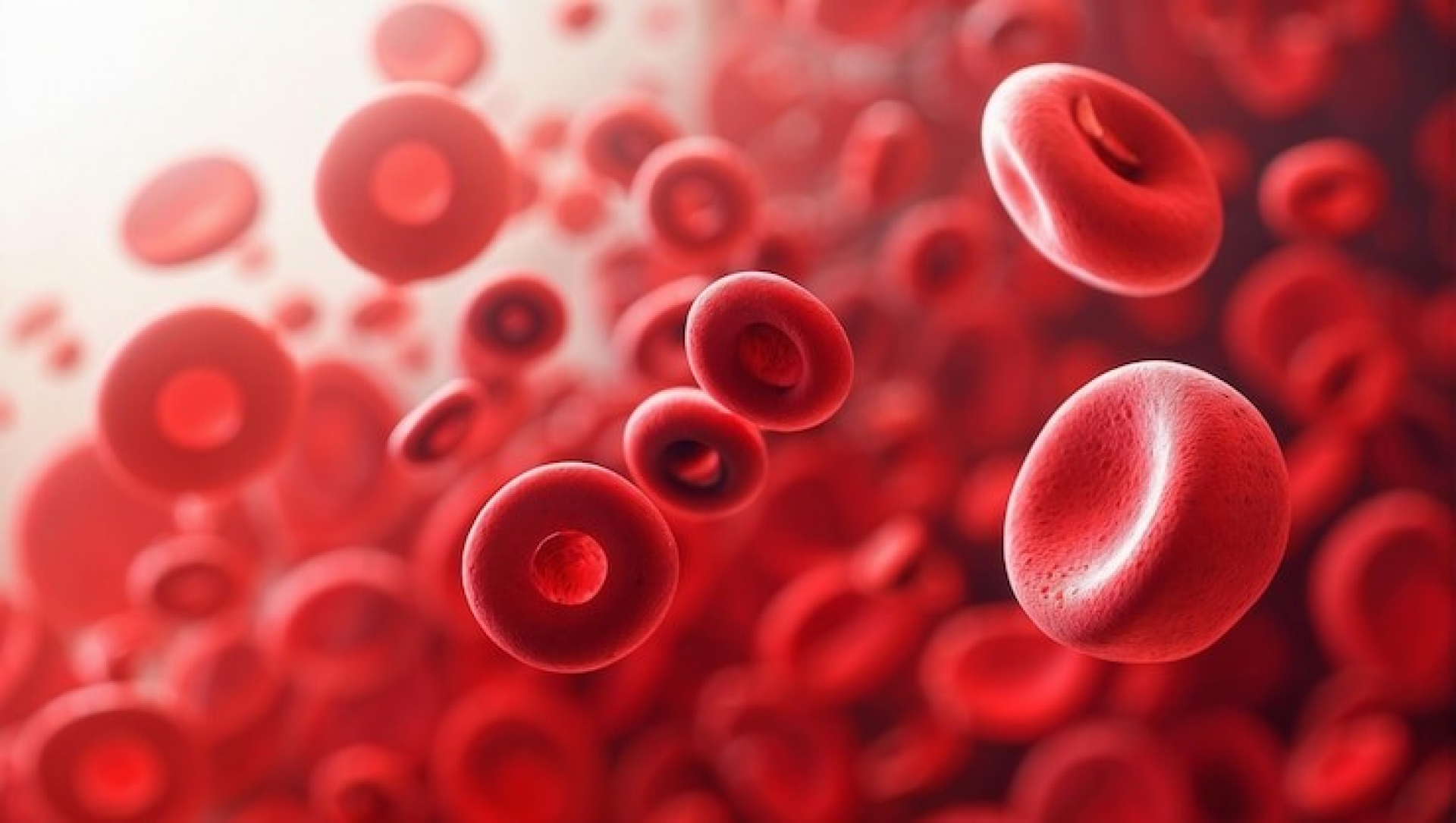Anemia is one of the most common blood disorders globally, yet it frequently goes unnoticed or misdiagnosed. According to the World Health Organization (2023), anemia affects nearly 1 in 4 people worldwide, often due to iron deficiency. Many individuals attribute their persistent fatigue to busy schedules or stress, rather than recognizing it as a medical concern. Left untreated, anemia can impair heart function, reduce immunity, and diminish quality of life. This comprehensive guide will help you identify symptoms early, understand risk factors, and explore diagnostic and treatment options.
What Is Anemia and Why Does It Matter?
Anemia occurs when your body lacks enough healthy red blood cells (RBCs) or hemoglobin to transport adequate oxygen to tissues. This oxygen deficiency leads to common symptoms such as fatigue, shortness of breath, and pale skin.
Types of Anemia:
- Iron-deficiency anemia: Most common, typically caused by blood loss or poor diet.
- Vitamin B12 and folate deficiency anemia
- Anemia of chronic disease: Often related to long-term illnesses like kidney disease.
- Hemolytic anemia: Caused by premature destruction of red blood cells.
- Aplastic anemia: A rare failure of bone marrow to produce RBCs.
As per the National Heart, Lung, and Blood Institute (2023), iron-deficiency anemia alone affects over 1.6 billion people worldwide.
Why Does Anemia Often Go Undetected?
1. What Makes Anemia Hard to Recognize?
Anemia develops gradually. The body adapts to decreasing oxygen delivery over time, making symptoms feel "normal" to many.
2. Symptoms Overlap with Other Conditions
Fatigue, dizziness, and weakness are common symptoms attributed to stress, poor sleep, or aging. Without blood testing, anemia is frequently missed.
3. Lack of Routine Screening
Most annual checkups do not include tests for anemia unless a patient reports symptoms. As a result, many cases go undiagnosed for years.
According to the Cleveland Clinic (2024), most individuals with mild anemia are unaware they have it until it shows up on a blood test.
What Are the Early Signs and Symptoms of Anemia?
Recognizing early symptoms can prompt faster diagnosis and treatment. Look out for:
- Unusual fatigue that does not improve with rest
- Shortness of breath during mild exertion
- Pale or yellow-tinged skin
- Rapid or irregular heartbeat
- Cold hands and feet
- Frequent headaches
- Lightheadedness or dizziness
- Brittle nails and hair thinning
In severe cases, chest pain and cognitive difficulties may also occur.
The Mayo Clinic (2023) recommends seeking medical attention if fatigue or breathlessness becomes persistent or disruptive.
How Is Anemia Diagnosed? What Tests Are Used?
Early diagnosis is key to preventing complications. A few simple blood tests can confirm anemia:
CBC Test for Anemia (Complete Blood Count)
This measures:
- Hemoglobin: Low levels confirm anemia.
- Hematocrit: Reflects the proportion of RBCs.
- RBC count: Total number of red blood cells.
Tests such as serum ferritin, serum iron, and transferrin saturation help determine whether iron deficiency is the cause.
Vitamin B12 and Folate Testing
Low levels point to dietary or absorption-related anemia.
Reticulocyte Count
Assesses bone marrow’s response to anemia by measuring new RBC production. Interpreting iron studies together is more accurate than checking serum iron alone.
What Causes Anemia? Understanding the Root Triggers
1. Iron Deficiency
This is the leading cause and may result from:
- Menstrual blood loss
- Pregnancy
- Poor dietary intake of iron
- Gastrointestinal bleeding (ulcers, polyps, or cancer)
2. Vitamin Deficiencies
Inadequate intake or absorption of B12 and folate impairs red cell production.
3. Chronic Diseases
Conditions such as rheumatoid arthritis, kidney disease, or cancer interfere with RBC production.
4. Blood Loss or Internal Bleeding
Even small, chronic blood loss (e.g., from hemorrhoids or ulcers) can lead to anemia.
5. Inherited Blood Disorders
Diseases like thalassemia or sickle cell anemia affect RBC structure or lifespan.
According to the CDC (2023), young women, children, and the elderly are at higher risk of iron-deficiency anemia.
How Does Anemia Impact Daily Life?
Anemia reduces oxygen flow to the brain and muscles, causing mental fog, exercise intolerance, and mood changes. It can also worsen pre-existing conditions like heart disease or diabetes.
Studies published in the Journal of the American College of Cardiology link untreated anemia to increased risk of heart failure in elderly patients.
When Should You Get Tested for Anemia?
Consider scheduling a Anaemia test if you:
- Feel unusually tired despite adequate rest
- Experience breathlessness or chest discomfort
- Have heavy periods or are pregnant
- Are vegetarian or vegan
- Have chronic illness or gastrointestinal symptoms
Ask your doctor about a CBC test for anemia or search for diagnostic labs offering "anemia profile" packages.
Can Anemia Be Treated or Prevented?
Yes. Most types of anemia are manageable once diagnosed:
- Iron supplements or iron-rich diets (spinach, lentils, red meat)
- Vitamin B12 or folate tablets
- Treating the underlying condition, like kidney disease or ulcers
- Blood transfusions or bone marrow therapy for severe cases
According to the Mayo Clinic (2023), even a 10% increase in iron intake among menstruating women significantly reduces anemia risk.
Don't Ignore the Silent Signs
Anemia often creeps in quietly, masked by stress, busy routines, or age-related fatigue. But by knowing the signs and getting regular screenings, you can detect it early and start appropriate treatment.
With simple diagnostic tools like the CBC test and proactive monitoring, anemia does not have to derail your energy, focus, or health. Take the first step, talk to your doctor or visit a diagnostic center near you.


